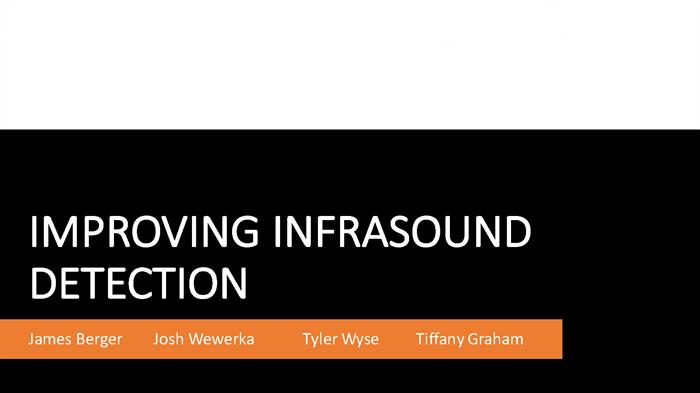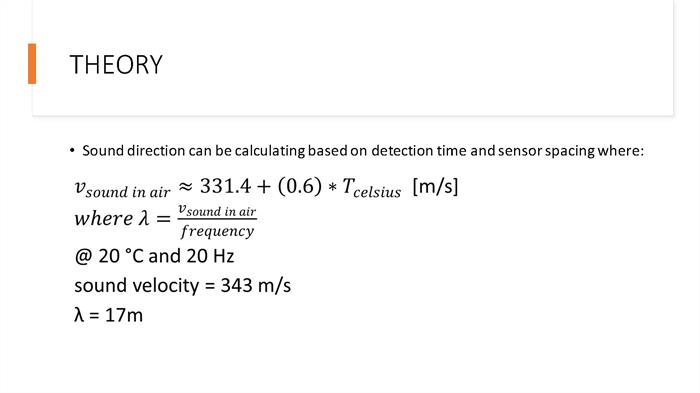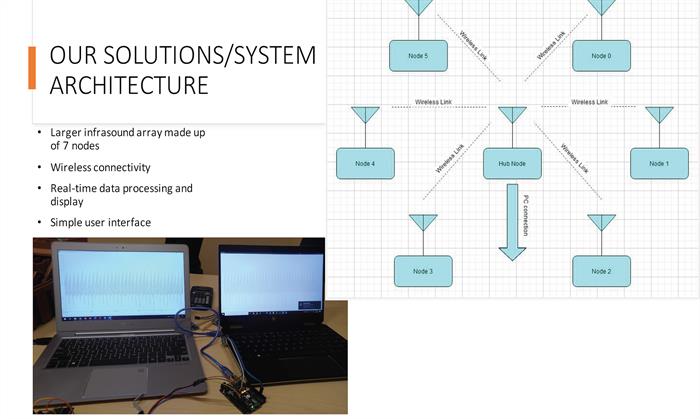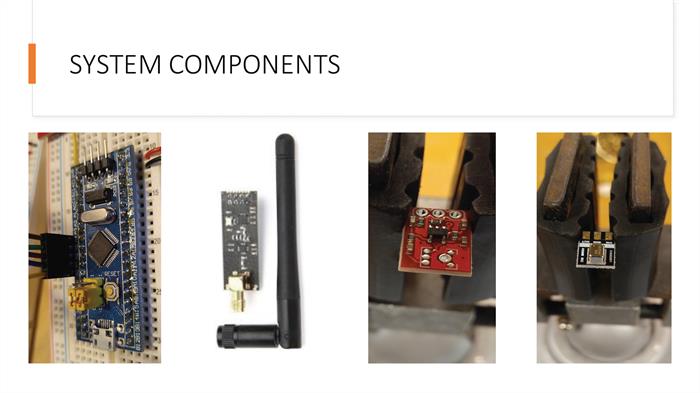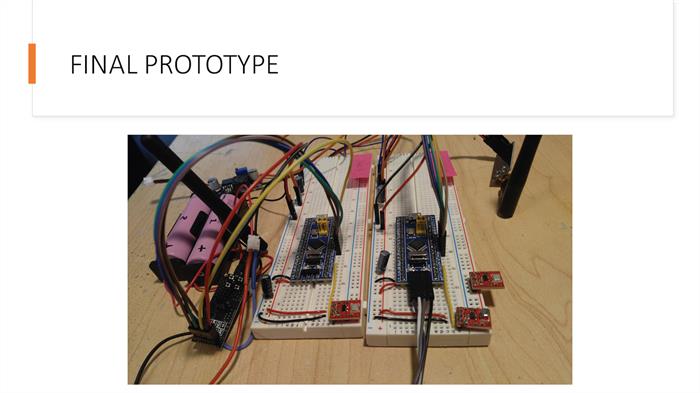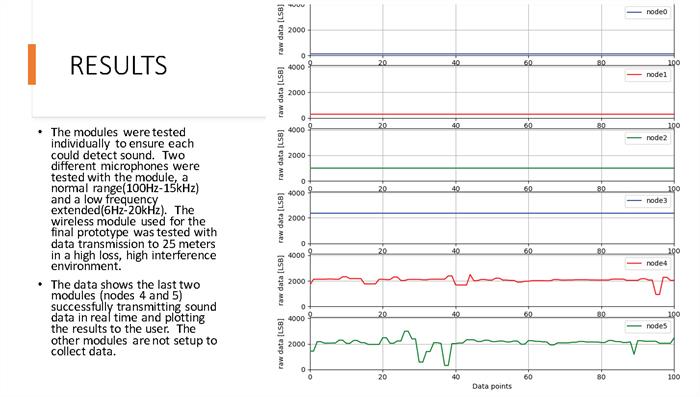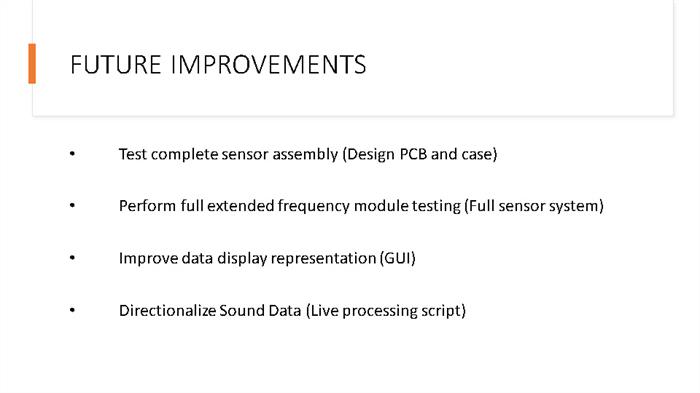Improving Infrasound Detection
Department of Electrical Engineering
Project Abstract
Infrasound is low frequency sound waves with frequencies below the lower limit of human audibility, 20 Hz. Infrasound sound waves are created from several natural phenomena such as earthquakes, avalanches, lightning, and volcanoes. They can also be created by man-made sources like machinery, wind turbines, missile launches, artillery, helicopters, and drones. There are few reliable infrasound detection systems on the market today.
The purpose of this project was to create a wireless sensor array that could reliably locate infrasound sources. Along with the ability to locate, we wanted to provide a solution that was easy to manufacture, cost effective, easy to deploy, and provides real-time data. The design was planned to use an array of 7 different wireless sensor nodes in a circular array transmitting to a central receiver ‘hub’ node. Each node is comprised of a microcontroller, a microphone, and a wireless transceiver.
The modules were tested individually to ensure each could detect sound. Two different microphones were tested with the module, a normal range(100Hz-15kHz) and a low frequency extended(6Hz-20kHz). The wireless module used for the final prototype was tested data transmission to 25 meters in a high loss, high interference environment. After further testing, the sensor array successfully detected sound with the low frequency extended range microphone and transmit and display the sound data in real-time to the user.
Further experimentation/testing needs to be done with the full seven array setup. The prototyped code would support communication between all seven nodes. The user interface is a single iteration and was not fully tested due to social distancing restrictions. Further development is needed on the ability to directionalize incoming sound data between all 7 sensors.
